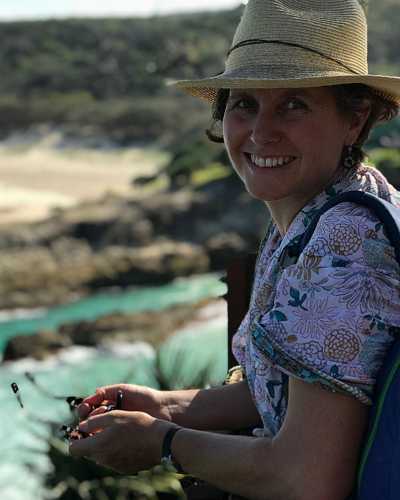Now published, see the full article 
Early Abstract:
Context: Safe drinking water and effective sanitation in remotely located Indigenous communities are essential services and their provision is a human right. Yet sustainable provision of these services can be challenging. Risks on human health from inadequate provision include transmission of hygiene-related infections from microbial contamination, and toxic chemicals that may cause kidney damage or dysfunction. This narrative review is conducted in the current context of the United Nations’ Sustainable Development Goal 6, the ‘refresh’ of the National Agreement on Closing the Gap in Indigenous inequity, and the 2020 Inquiry of the Australian Productivity Commission into the National Water Reform.
Issues: Challenges to providing drinking water supplies in remote communities include biological contamination and chemical contamination from naturally occurring elements in groundwater. Monitoring regimes can be challenged by the remote location, minimal and/or high turnover of staff, and a lack of ongoing maintenance. Unpalatable water can shift consumption to purchased drinks such as sugar sweetened beverages with flow-on health impacts of diet-related chronic conditions such as overweight and obesity, and type 2 diabetes.
Lessons learned: By analysing two effective programs from remote New South Wales and the Torres Strait Islands, Queensland, five enablers are identified: people factors (support, training, cultural competence), cross-agency collaboration (regulators, funders, state and local government), technology that is fit for place, purpose, and local people, funding that is sufficient and sustainable, and taking a systems view of water and sanitation.

